Xixi National Wetland Park
Xixi National Wetland Park is located in the west of Hangzhou City, Zhejiang Province. It is only 6 kilometers away from Wulin Gate, the main city of Hangzhou, and 5 kilometers away from West Lake.
The total area of Xixi National Wetland Park is about 11.5 square kilometers, which is divided into the eastern wetland ecological protection and cultivation area, the central wetland ecological tourism leisure area and the Western wetland ecological landscape enclosure area.
Xixi National Wetland Park is a national wetland park which integrates urban wetland, farming wetland and cultural wetland. On November 03, 2009, it was listed in the list of important wetlands in the world. On January 10, 2012, it was awarded the National AAAAA Tourist Scenic Spot. In December 2017, it was selected as the national practical education base for primary and secondary school students.
Ancient prototype
Four or five thousand years ago, Xixi's low-humid land was flooded by spring and summer floods in Tianmu Mountains, where it became a lake, and wetlands appeared when it was dry. Wetland is a phenomenon that occurs with its appearance, so it can be called embryonic stage. From the first year of Xiping in the Eastern Han Dynasty (172) when the South Lake was built, to the end of the Tang Dynasty and the Five Dynasties, there was about a thousand years, which was the formation period of Xixi Wetland.
Development of song and Yuan Dynasties
In the Song and Yuan Dynasties, in the first year of Duangong (988), the court officially built Xixi Town here. This is the beginning of the new stage of Xixi, which also shows that Xixi is an ancient town for thousands of years. During the Ming and Qing Dynasties, social economy and culture on both sides of Xixi River made progress in many aspects. Agricultural and sideline industries such as fish raising, silkworm breeding, bamboo planting, bamboo shooting, tea, fruit and vegetable were developed, which became the characteristics of suburban agriculture.
Atrophy of Republic of China
After the Republic of China, wetlands were shrinking day by day. By the 1950s, with the establishment of many towns in Xixi area and the development of factories and enterprises, the scope of Xixi wetland was gradually reduced.
Development and transformation
In 2003, the Hangzhou Municipal Committee and the Municipal Government began to protect Xixi Wetland comprehensively.
In 2005, Xixi Wetland was built and officially opened, and approved by the State Forestry Administration as the first national wetland park.
In 2006, Xixi Wetland started the second phase of comprehensive protection project.
In 2007, the second phase of Xixi Wetland was limited to open gardens, and the third phase of Xixi Wetland Project started construction.
In September 2008, the third phase of Xixi Wetland Comprehensive Protection Project was limited.
Xixi National Wetland Park is located in the west of Hangzhou City, Zhejiang Province. It spans two districts: West Lake District and Yuhang District. It is only 6 kilometers away from Wulin Gate, the main city of Hangzhou, and 5 kilometers away from West Lake. The total area of the park is about 11.5 square kilometers.
Geology and geomorphology
The river of Xixi National Wetland Park is more than 100 kilometers long, and about 70% of the area is river harbor, pond, Lake ripple, swamp and other waters, among which water channels such as lanes, river branches such as nets, fish ponds and islands are scattered; the land greening rate is over 85%. The main soil types are red soil, lithologic soil and paddy soil, among which red soil and paddy soil are the most important. Cloth is the most widely used.
climate
Xixi National Wetland Park is a subtropical monsoon climate, with an average annual temperature of 15.17 C, an average annual relative humidity of 78%, an average annual precipitation of 1399 mm, mild climate, abundant rainfall, long sunshine and distinct seasons.
The spatial layout of Xixi National Wetland Park can be summarized as "three districts, one corridor and three belts".
"Three districts" refers to the west side of the green belt of Zijin Port Road in the east, along the mountains and rivers in the south, and the extension of Wenxin Road in the north. The western boundary is from Janjan to Baojiatang Port (Jiangcun Port). The total area is about 2.70 square kilometers, basically fishpond wetland, with a small number of river ports, and the tourism resources in the area are very few, which are totally closed. Jiatan Port, from Wuchang Avenue in the south to the east of the green space of the highway around the city in the West and Xinkai River in the north, has a total area of about 2.80 square kilometers. The area also belongs to Yutang wetland, with fewer river ports and few historical and humanistic tourism resources, so it can achieve a certain period of full-closed protection and create original wetland; the central part of the area rises from the east to Baojiatang Port, from the south along the mountain and river, from the north to the extension of Wenxin Road, and from the east to the south of the greening belt of the encircling highway, the northern part of the western part turns southward. To Nianjiagang (Xinkai River), Chaotianmu Port, and then south to Changjiatan, a total area of about 5.90 square kilometers, in addition to fish pond wetland, the river network is dense, wetland natural landscape is the most obvious, and more historical and cultural sites, wetland ecotourism leisure area.
"One Corridor" is a 50-metre wide multi-layer green landscape corridor which will surround the reserve. It consists of five levels: evergreen tall trees, low trees, shrubs, herbs and waterfront plants.
"Three belts" refer to the "urban forest-yin customs belt" along Zijingang Road, the "waterfront wetland landscape belt" along mountains and rivers, and the "canal pastoral scenery belt" in Wuchanggang.
Xixi wetland is an important part of Hangzhou green space ecosystem. Wetland can regulate the atmospheric environment, rich animal and plant communities in the wetland can absorb a large amount of carbon dioxide and emit oxygen. At the same time, it can also absorb harmful gases to purify the air, to cope with urban air pollution, and to serve the city. Sufficient water sources and good climatic conditions are provided.
Xixi wetland is also a typical diversified ecosystem. Its complex and diverse plant communities provide good habitats for wildlife. It is a breeding, habitat, migration and wintering place for birds and amphibians, and plays an important role in improving urban species diversity.
On September 8, 2017, according to the industry standard of "National Wetland Tourism Demonstration Base", 10 national wetland tourism demonstration bases were identified as the first batch by provincial recommendation and expert group evaluation of the National Tourism Resources Planning and Development Quality Assessment Committee.
In December 2017, it was selected as the first batch of national practical education bases for primary and secondary school students.
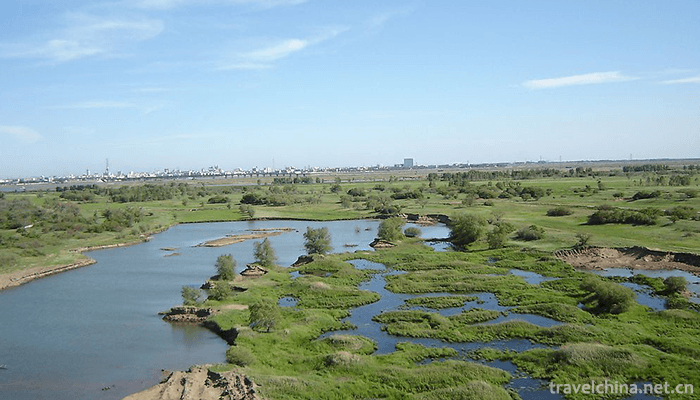
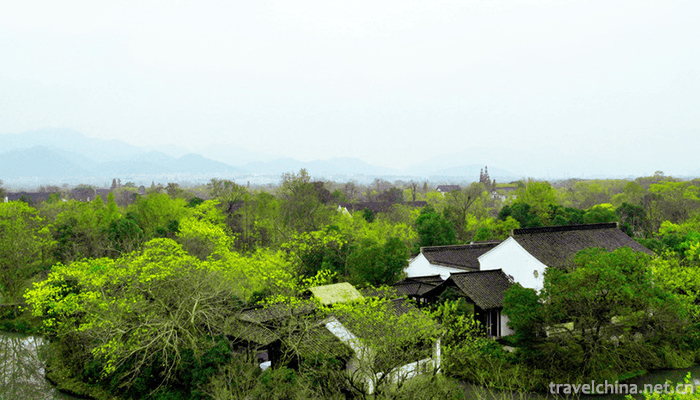
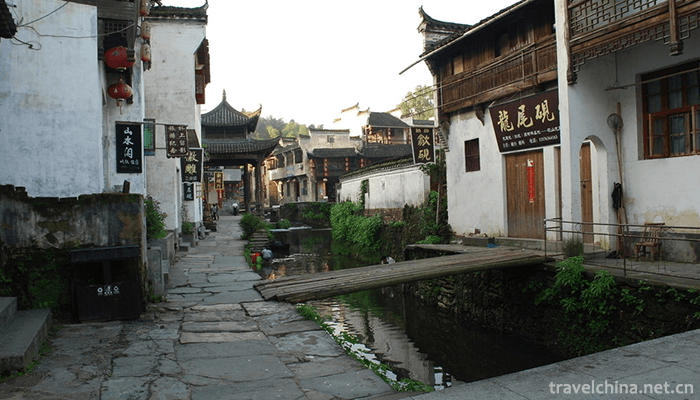
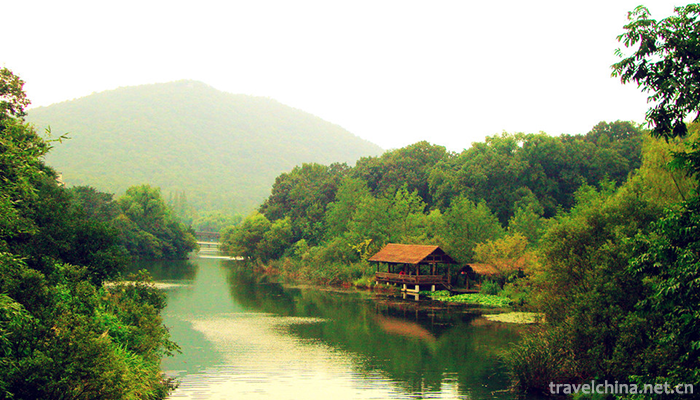
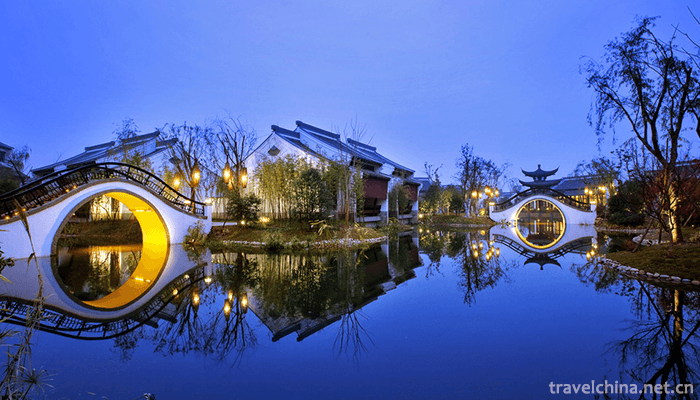
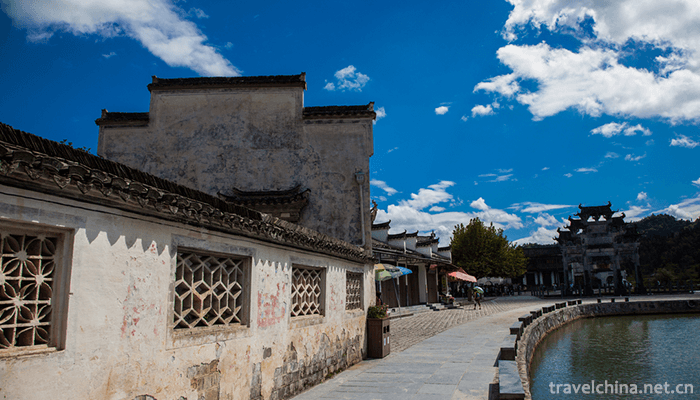
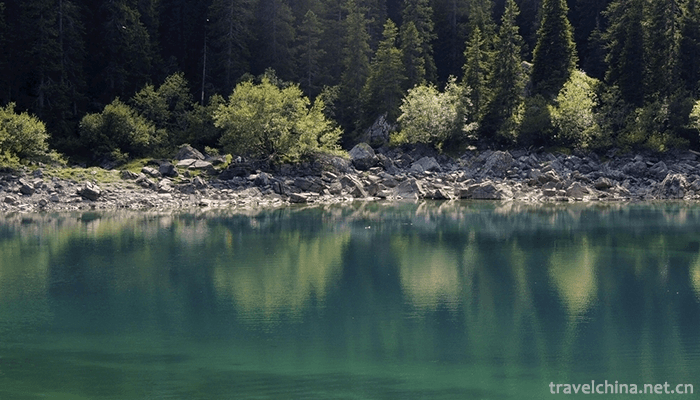
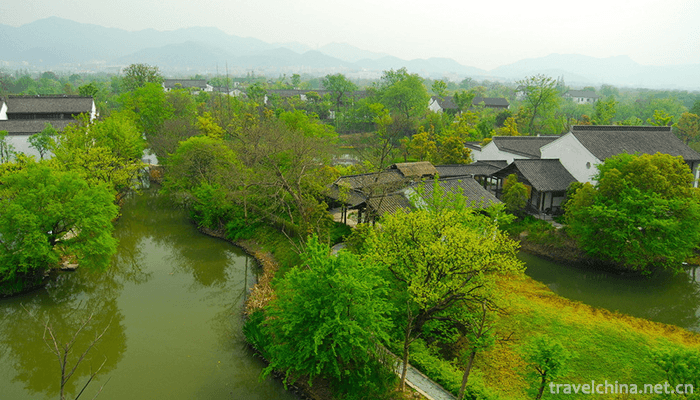
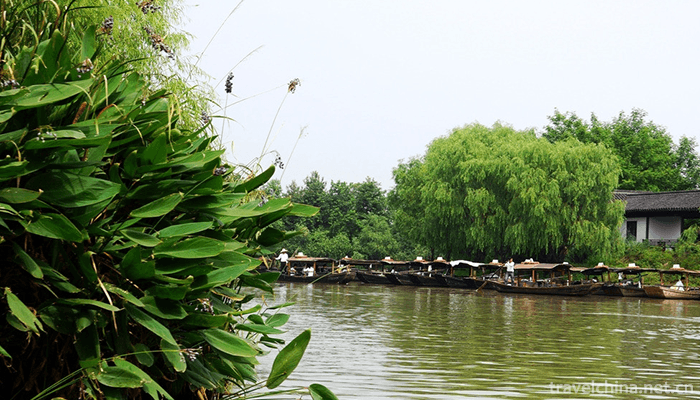
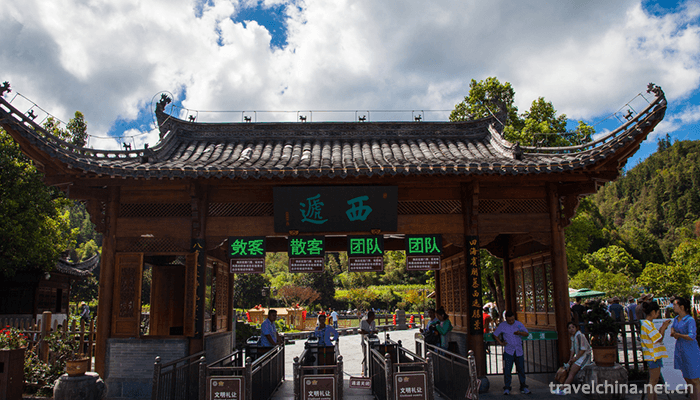
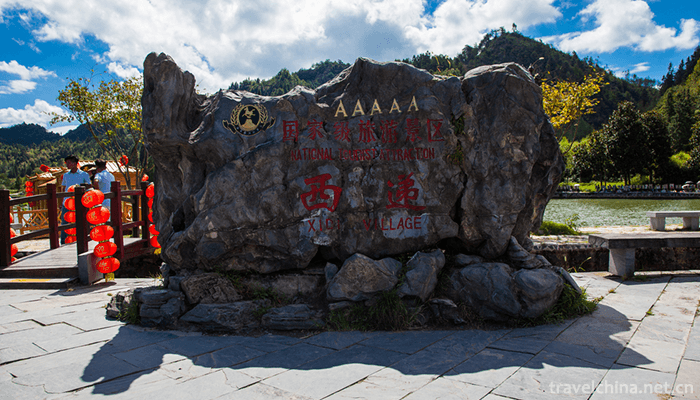
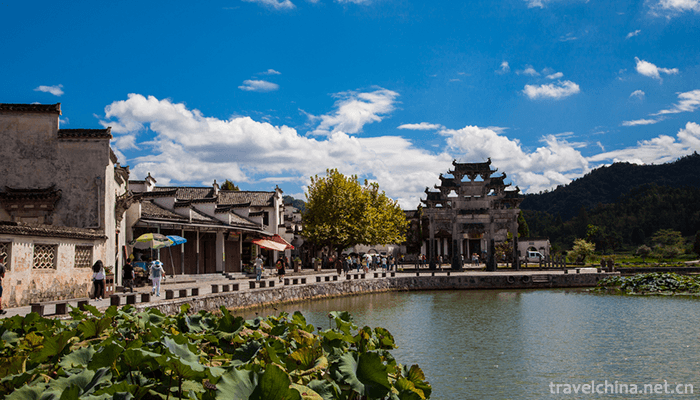
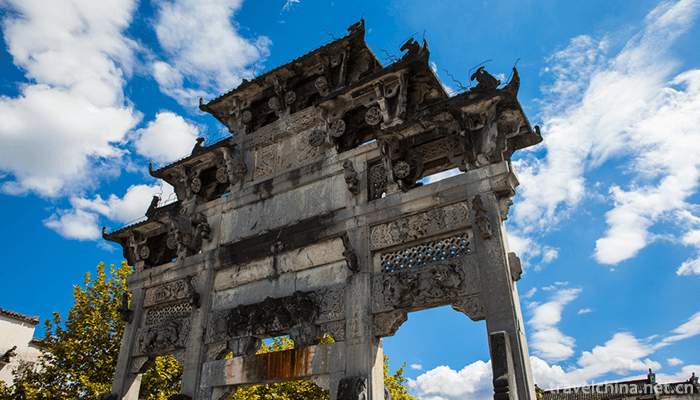
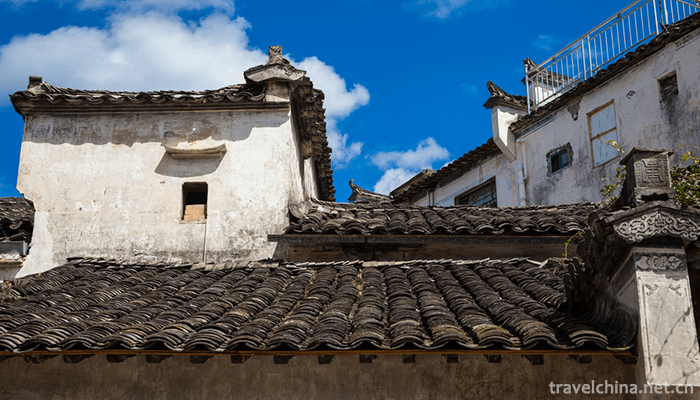
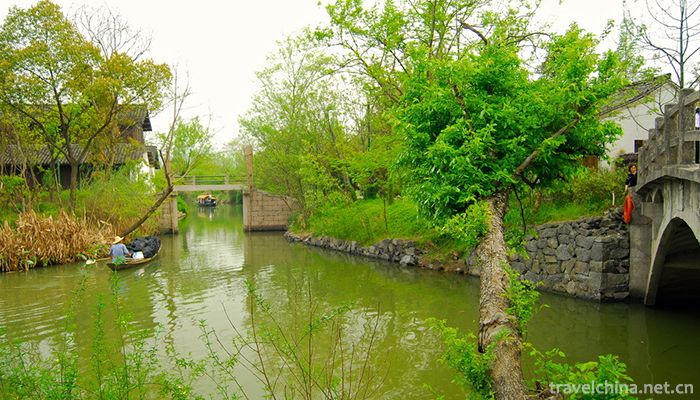
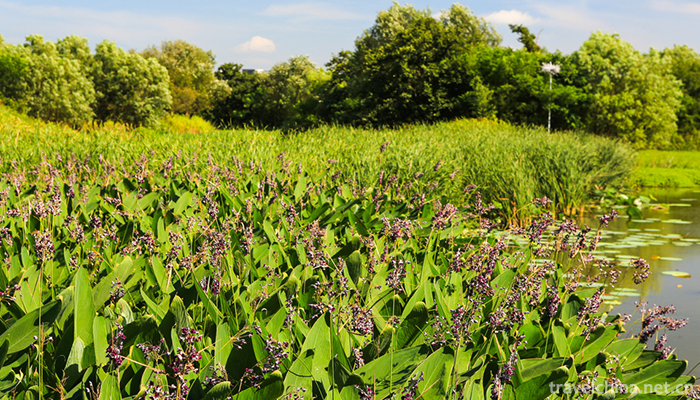
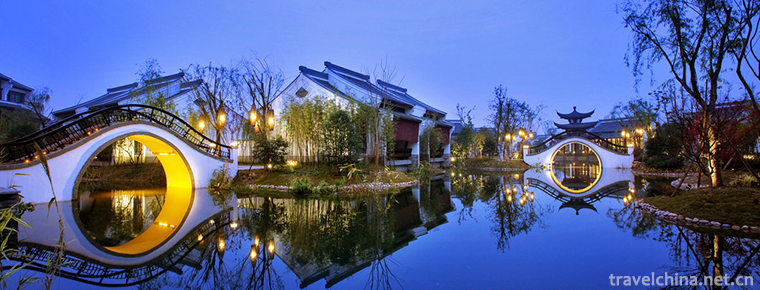
-
1.Duck Blood in Chili Sauce
The main ingredients of hairy blood are duck blood, cooking techniques are mainly cooked, and tastes are spicy and spicy. Originated in Chongqing, popular in Chongqing and southwest China, it is a fam
Time 2018-10-27 -
2.Aerhchin Mountains
Altyn Tagh is a mountain range in southeastern the Xinjiang Uygur Autonomous Region, China. The eastern end extends to the two provinces of Qinghai and Gansu
Time 2018-11-01 -
3.Hohhot Laoniuwan Tourist Area
Laoniu Bay is located at the entrance of Shanxi-Shaanxi Grand Canyon. This is the Great Wall, the only typical parallel section of the Yellow River. The widest part of the river is not more than 100 m
Time 2019-01-16 -
4.Tianjin Italian Style Area
Tianjin Italian Style Area is located in Hebei District of Tianjin City. It is a quadrangular area surrounded by Wujing Road, Boai Road, Shengli Road and Jianguo Road in Hebei District. There are near
Time 2019-02-21 -
5.Manufacturing Techniques of Tussah Paper
The manufacturing history of tussah paper is as long as that of linen paper. The raw material for making the paper is the phloem fibers of the tree. The bark of the tree contains wood phloem fibers wh
Time 2019-04-18 -
6.Venus Inkstone Making Skills
Venus inkstone making technology, the local traditional handmade inkstone making technology in Xingzi County, Jiangxi Province, is one of the national intangible cultural heritage.
Time 2019-05-07 -
7.Jihua Temple Music
The music of Zhihua Temple and Beijing originated from the music of court etiquette in Ming Dynasty. It is the only kind of music inherited from generation to generation in China's existing ancient mu
Time 2019-08-03 -
8.Legend of Zhuangzi
The legend of Zhuangzi is a folklore of Dongming in Shandong Province. Chuang Tzu, Ming Zhou, Zixiu. According to the Records of History, it is recorded as the Mongolian people in the Warring States P
Time 2019-08-10 -
9.Lao Tzu
Laozi, surnamed Li Minger, is a character of Bai Yang, or posthumous Bo Yang. In the late spring and Autumn period, the birth and death years were unknown. About 571 years ago, it was born in the late
Time 2019-09-04 -
10.Zhenwu mountain ancient Temple Group
Zhenwu mountain ancient Temple group is located in the urban area of Yibin City, adjacent to Cuiping mountain, with an altitude of 396 meters. It is named for Zhenwu temple on the mountain, covering an area of more than 50 mu.
Time 2020-10-16 -
11.Deyang first industry
In 2018, the sown area of crops in Deyang City was 477000 hectares, 533 hectares less than the previous year, a decrease of 0.1%. Among them, the sown area of grain crops was 311000 ha, decreased by 1525 ha, decreased by 0.5%; the sown area of oil
Time 2020-12-14 -
12.Yibins first industry
In 2019, the total output value of agriculture, forestry, animal husbandry and fishery in Yibin is 45.084 billion yuan, up 2.8% over the previous year; the added value of agriculture, forestry, animal husbandry and fishery is 28.346 billion yuan, an increase of 3.0%.
Time 2020-12-18